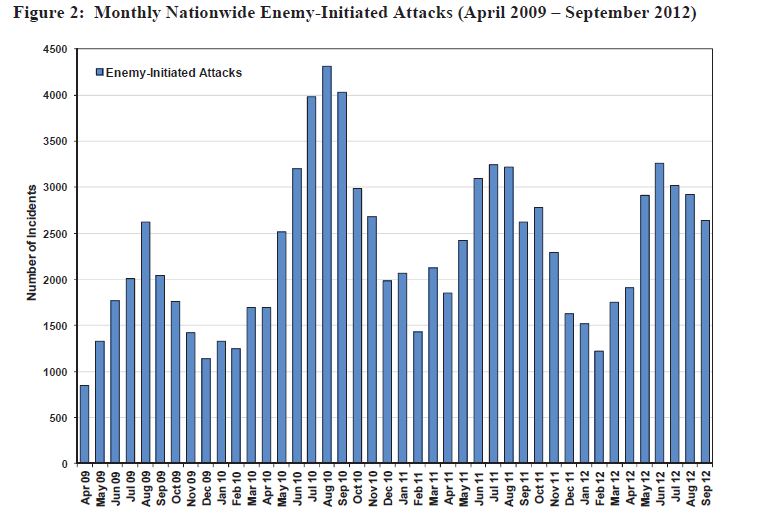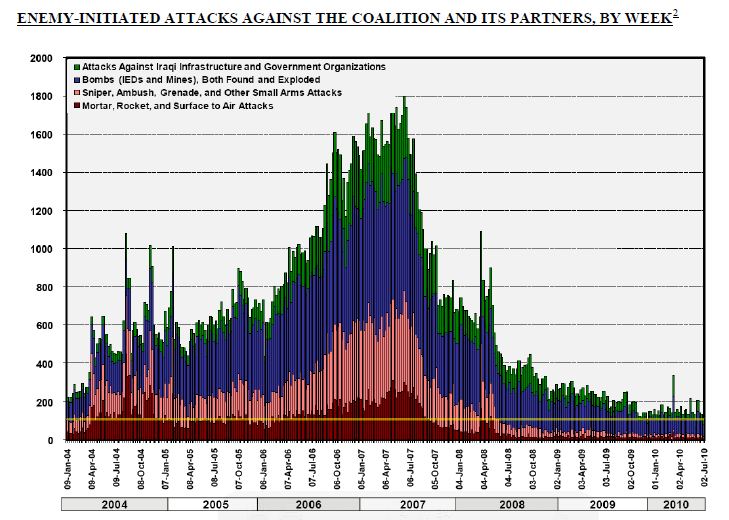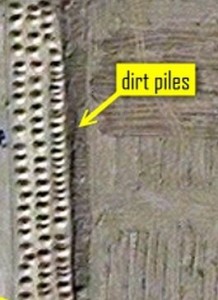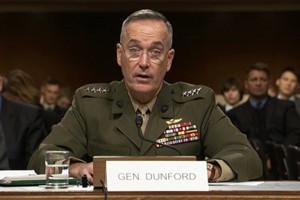Delay in Publishing Afghan War “Progress” Report Forces Panetta Into “Clarification” Mode re Safe Havens in Pakistan
By law, the Department of Defense is required to prepare reports on “progress” in the war in Afghanistan twice a year. The first report for 2012 was published (pdf) in April, so one would expect the second report to follow in October. Even though this second report was provided to Congress around that time, it was not published (pdf) until yesterday. It seems likely to me that the Obama administration did not want the public to be reminded so close to the November elections just how big a failure the war effort in Afghanistan has become, and so release of the report was significantly delayed, first by the election and then presumably to allow time for more panty-sniffing in the Petraeus-Broadwell-Allen-Kelley scandal.
It turns out that delaying important reports before releasing them has consequences. Pakistan took exception to a claim in the report regarding safe havens for terrorists in Pakistan and whether Pakistan is cooperating in taking action against those terrorists. From the Express Tribune:
Pakistan on Tuesday rejected as ‘baseless’ the latest US report accusing Islamabad of undermining security in Afghanistan by allowing safe havens for insurgents.
A Pentagon report released on Monday said that Pakistan is persistently undermining security in Afghanistan by permitting safe havens for insurgents and its failure to effectively combat the flow of improvised explosive devices (IED) materials.
The October 2012 report, published by the US Department of Defense (DoD), is from the period of April to October of this year. The report says, “The insurgency’s safe havens in Pakistan, the limited institutional capacity of the Afghan government, and endemic corruption remain the greatest risks to long-term stability and sustainable security in Afghanistan.”
However, a senior security official told The Express Tribune on Tuesday on condition of anonymity that “as the drawdown approaches, the US appears to make Pakistan a scapegoat to cover up its own failures in Afghanistan.”
The accusations and Pakistan’s response continue:
The DoD report stated that the insurgency in Afghanistan receives support including sanctuary, training infrastructure, operational and financial support from within Pakistan. “The availability of sanctuary inside of Pakistan enables key elements of the insurgency to remain potent and threatening, including the Afghan Taliban and the Haqqani Taliban Network.”
But Taliban havens across the border in Pakistan, the limited capacity of the Afghan government and “endemic corruption” posed the greatest risks as the US prepares to pull out troops by the end of 2014, the Pentagon said.
Reacting to the Pentagon assessment, the official insisted that Pakistan had not permitted any “terrorist sanctuaries” on its soil. “If they (US) have any evidence about safe heavens, they should share with us,” he added.
Defense Secretary Leon Panetta was forced into issuing the equivalent of a Nixon-era “that statement is no longer operational” response to Pakistan. From Dawn: Read more →




